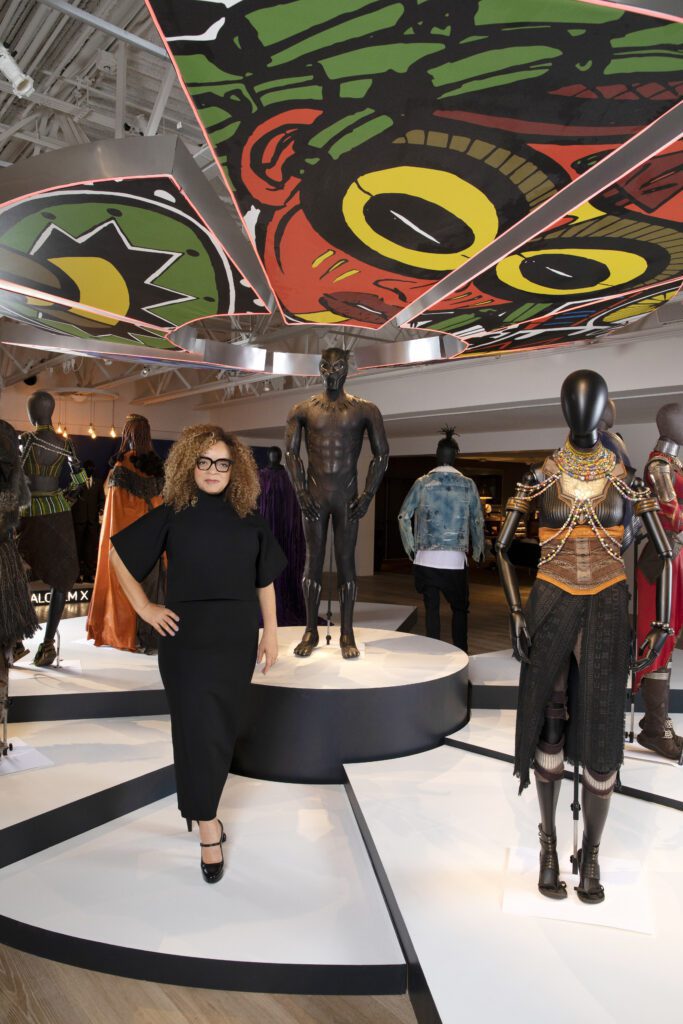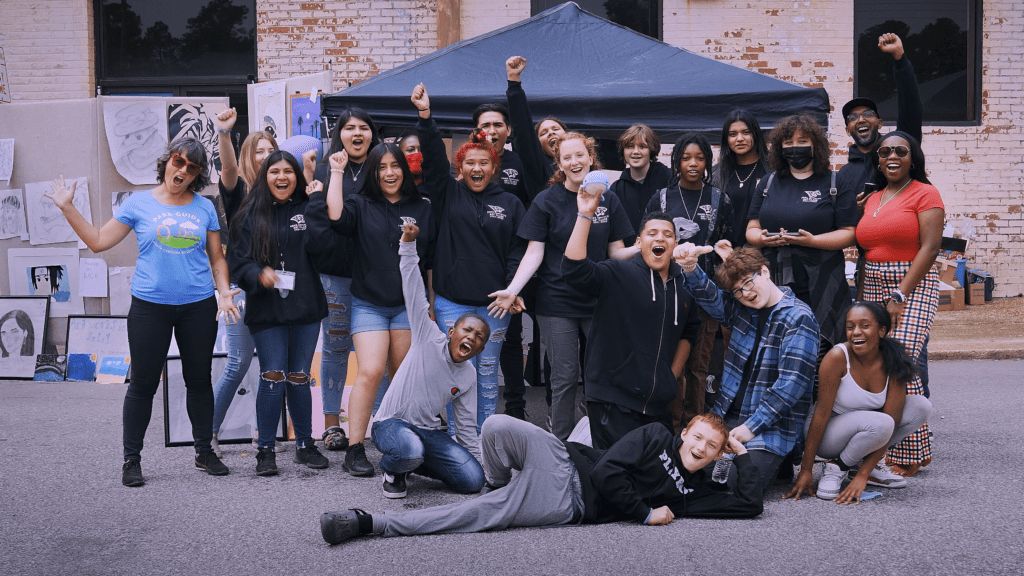According to Phil Freelon—whose architectural designs for museums, cultural centers, and parks are the subject of the exhibition Container/Contained—it all starts with the idea. For Freelon ideas should drive design and further the powerful visions and missions of the institutions within to imbue the architecture with meaning.

Freelon and his team were masters of intentional design metaphors that are thought provoking and reference African American culture and history. They often explored the idea of interweaving in their designs either through explicit reference to textiles or weaving or integration with artwork and exhibitions. In addition Freelon and his team intertwined projects into the fabric of their neighborhoods through references to materials, colors, and sites. For example repeated patterns at Emancipation Park in Houston connect the paths, seating, architecture, and landscape to traditions rooted in the park’s history and its influence on the surrounding community.
The idea of ascension also appears repeatedly in the work of Freelon and his team as they sought to elevate communities through design. In many projects, including the Lewis Museum in Baltimore and the Gantt Center in Charlotte, they employed monumental stairs to encourage reverential climbing. They also often organize space within buildings so that visitors ascend from dark lower levels up toward light-filled spaces paralleling stories of uplift.
Such uplift is exemplified in the controlled path through the International Center for Civil and Human Rights in Greensboro, NC. The journey begins with heavy history in the galleries that are below ground, from which visitors ascend as they learn the story of the historic lunch counter where the sit-in movement originated.
The designers used this same circulation pattern at the Smithsonian National Museum of African American History and Culture in Washington, DC, in which three stories of window-less subterranean history galleries encased in concrete give way to a light-filled celebration of African American culture and perseverance as visitors ascend the multistory escalators.
Visual symbols are present in most of Freelon’s designs. He and his team were especially adept at creating building forms that reference historical and cultural elements and ideas important to African American history and that reinforce the missions of the institutions housed within.
How ideas become buildings is especially clear, even to nonarchitectural audiences, in many of Freelon’s projects. The interlocking arms of peaceful protesters inspired the interlocking, protective shape of the Center for Civil and Human Rights in Atlanta. The pages and spine of an open book inspired the solid back wall and vertical fins on the facade of the Tenley-Friendship Library in Washington, DC. The three-tiered crown of a West African caryatid sculpture became the iconic shape of the Smithsonian National Museum of African American History and Culture. A shelf of vinyl records inspired the cuboid volume with colorful vertical striations of the Motown Museum in Detroit.
Through text, conceptual sketches, historic and contemporary photos, diagrams, and 3-D-printed models, the Container/Contained exhibition explores and reveals how Phil Freelon and his team of designers turned ideas into architecture.

Ruth E. Carter: Afrofuturism in Costume Design
Academy Award–winner in Costume Design, Ruth E. Carter has helped bring characters to life in acclaimed Hollywood blockbusters. The NCMA celebrates the magic of her imagination.
Innovative AIM Program Reaches Thousands
Thinking outside the lines, NCMA outreach programmers connect local artists in rural communities with local students excited to discover the artist within.
Love in the Galleries
This Valentine’s Day we invite you to follow Cupid’s arrow through West Building to discover some amorous works in the NCMA’s collection.



